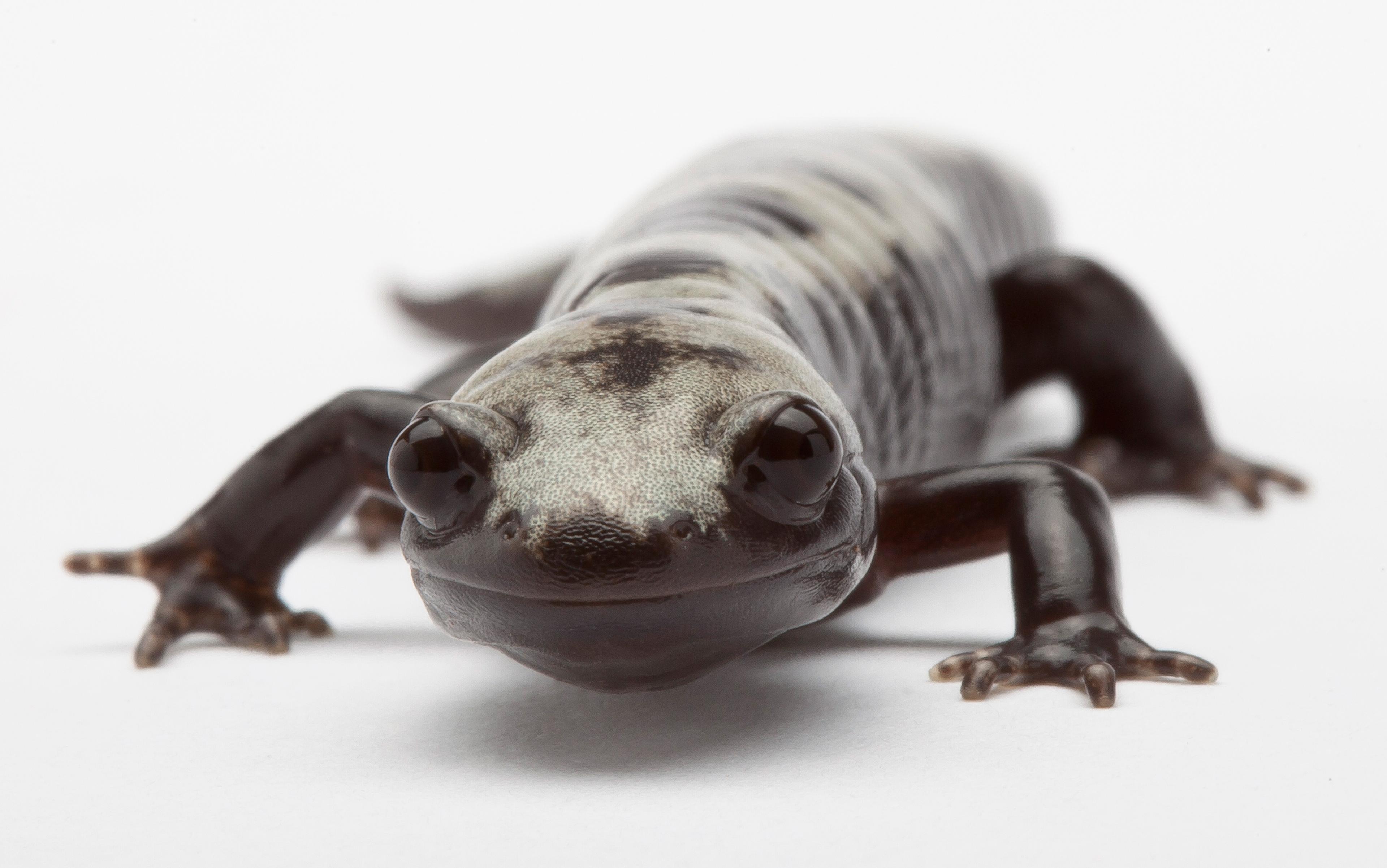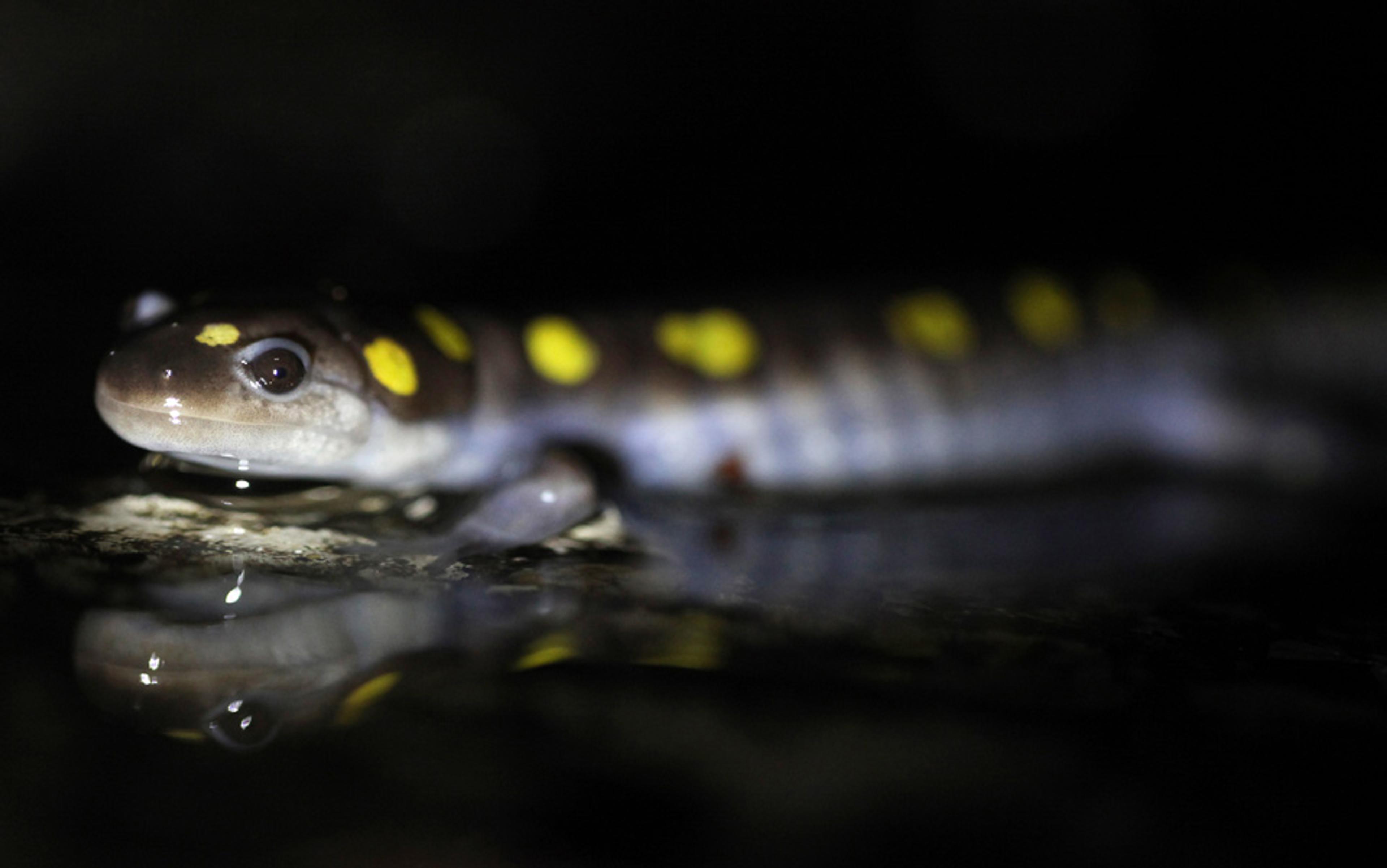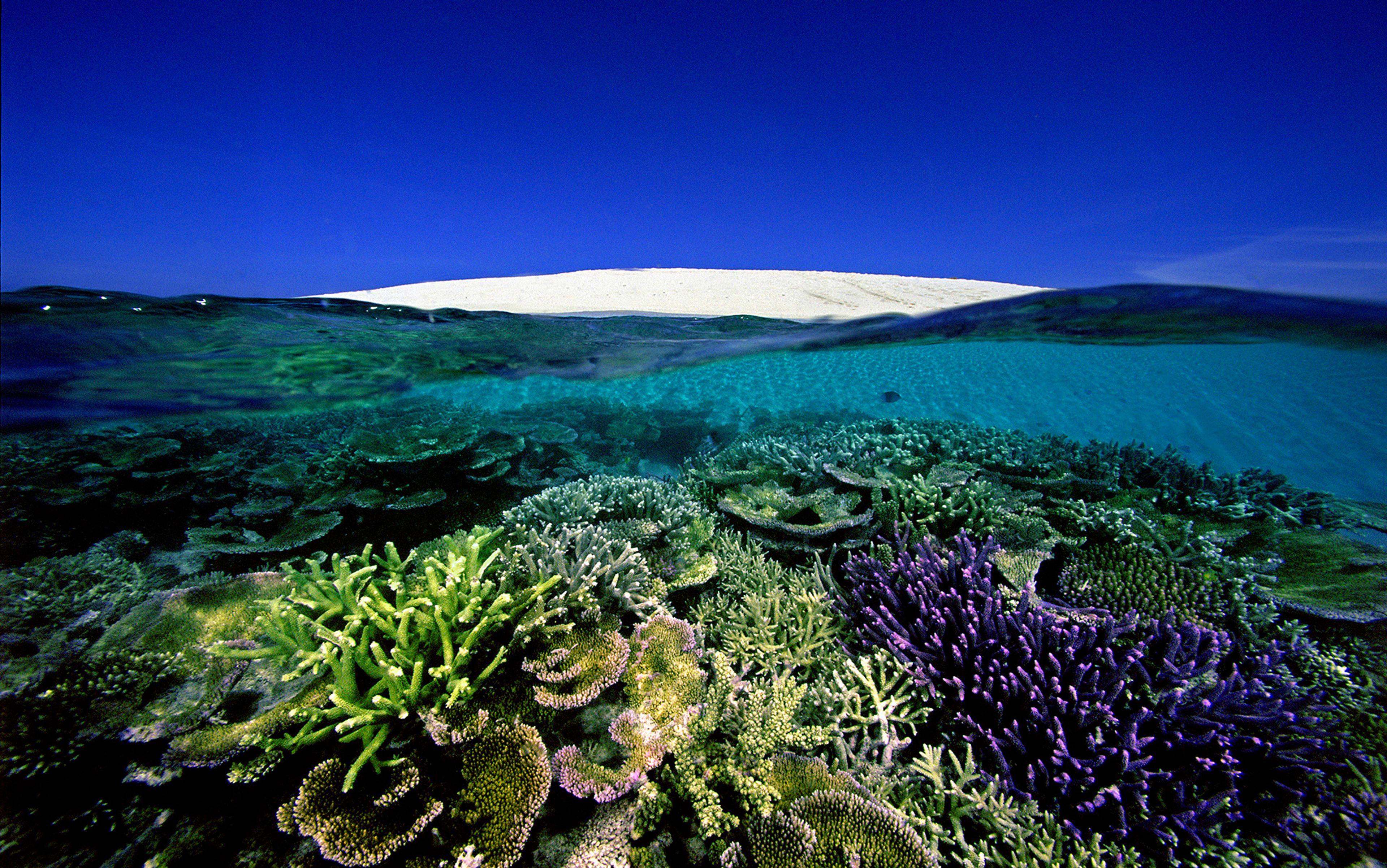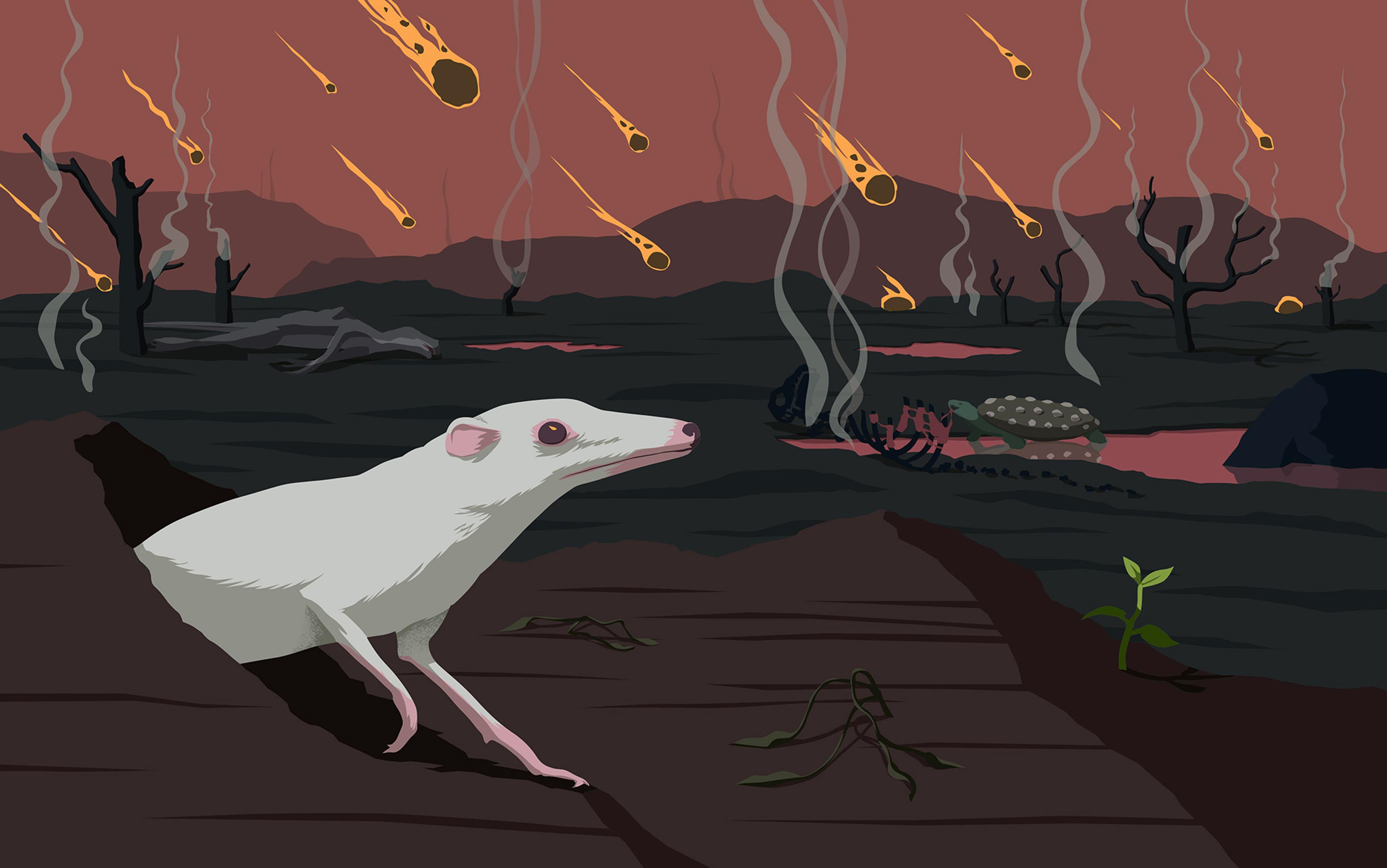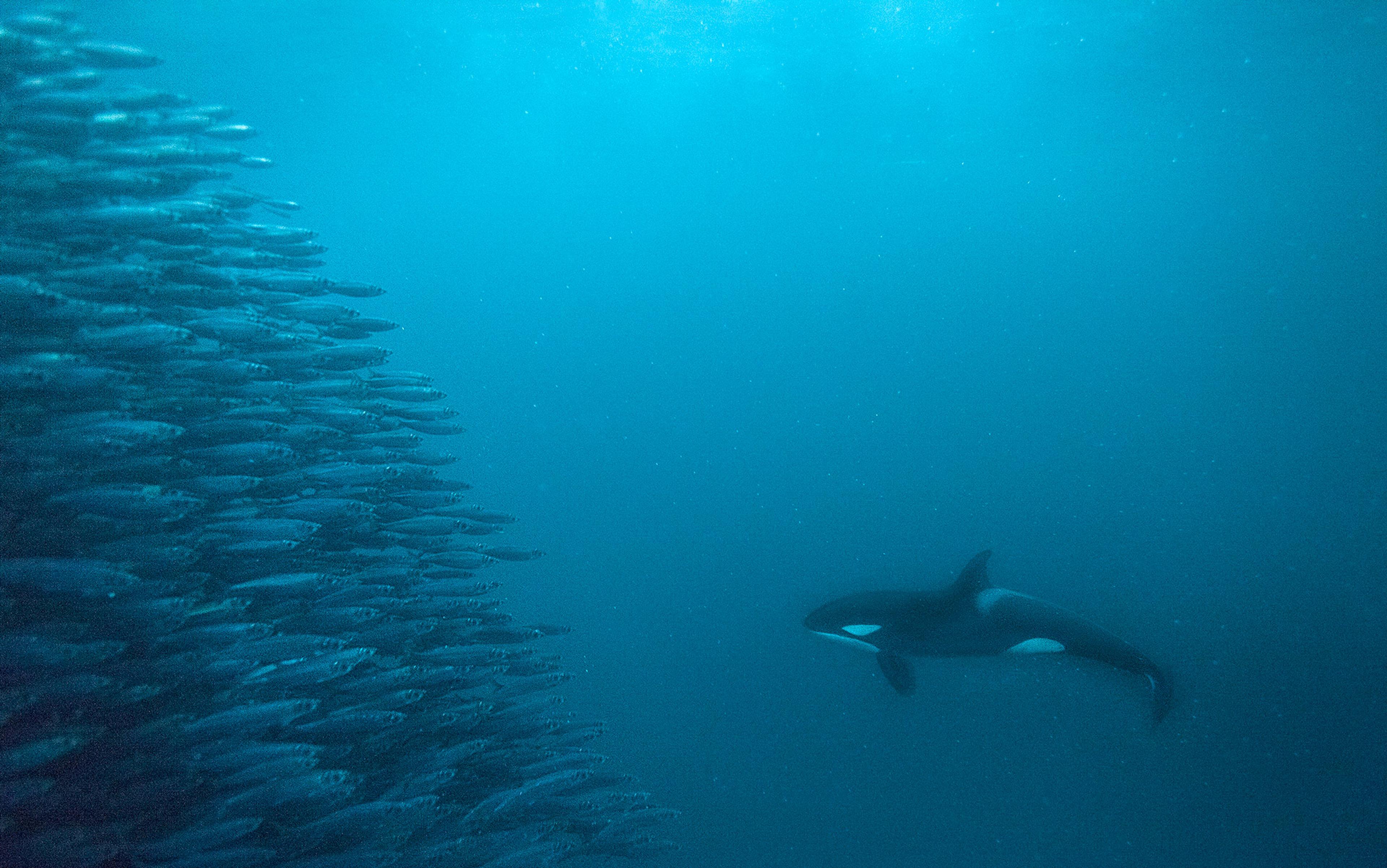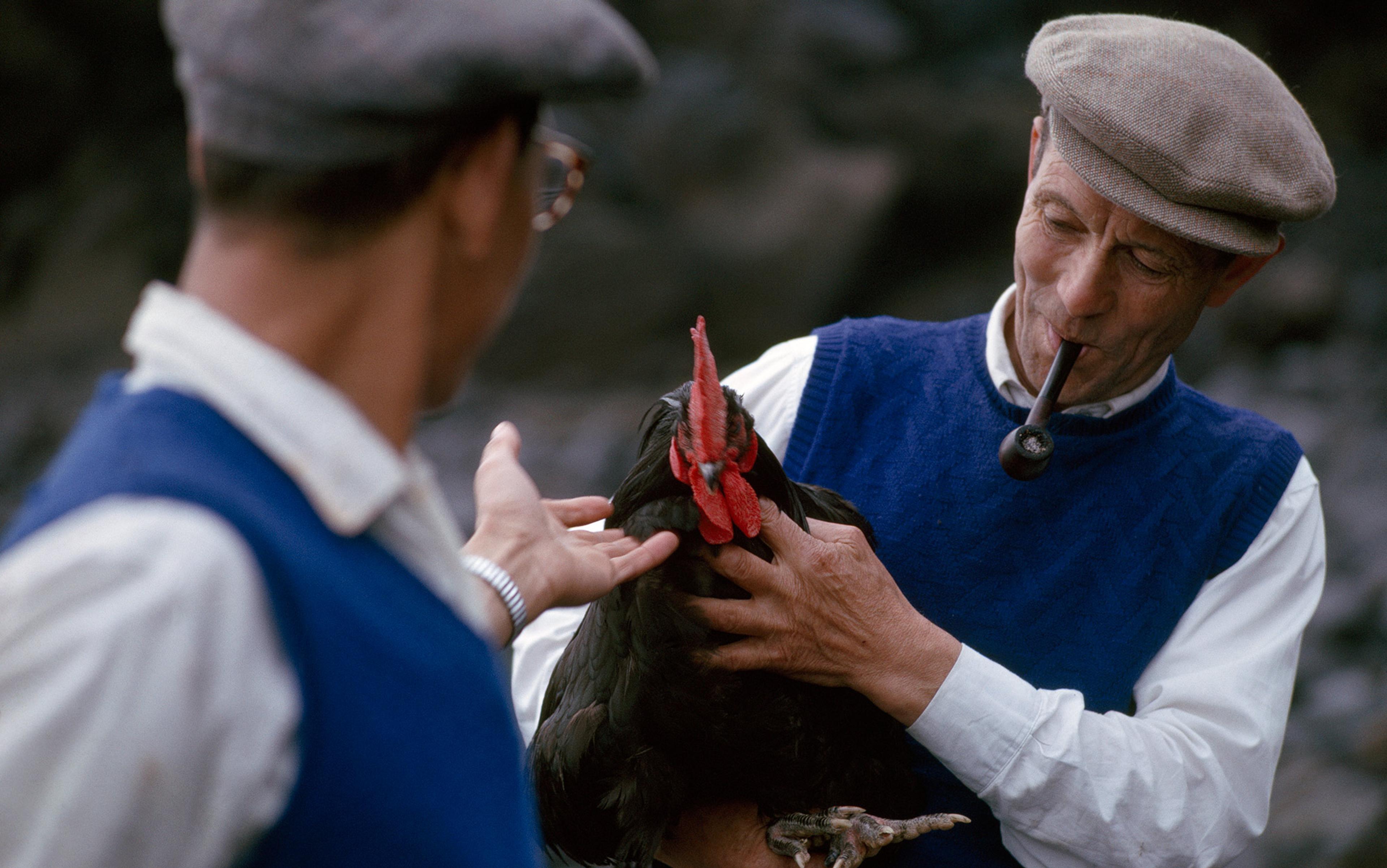Peruse my bookshelves and you’ll find a suspiciously large number of the titles are devoted to wildlife and plants. There’s the western North America bird book; the natural history of neotropical mammals; Field Guide to Grasses of California; animal skulls, feathers, and wildlife tracking books. Leafing through them, there are juicy tidbits and eyebrow-raising facts. A toucan’s gargantuan bill is really just for thermoregulation? All slugs are hermaphrodites? Beaver mate for life? The tabloids have nothing on my bathroom reading.
Most remarkable is that these field guides have gotten it wrong – the blurb and picture describing the American robin in my backyard also refers to the American robin winging its way through the mountains in Arizona or along the coast in British Columbia. A robin is a robin is a robin. Most of us see a species as a monolith, a group with a set of traits so static that they can be summed up in a John James Audubon oil painting, whose individual members can mate and reproduce. But the reality is far more nuanced.
Before there is a species, there’s a muddled period of innumerable changes as a group of individuals diverges, gene by gene, from their ancestors into a new species. The point at which those tiny changes add up to a separate species has been debated since the days of Aristotle. Further complicating matters, our basic litmus test for delineating species – viable offspring – is shaky at best. We know that when grizzly bears and polar bears mate, or coyote and wolf for that matter, the two species produce hybrid young – a combination individual that reflects some of the traits of each parent. It’s no wonder that roughly 26 concepts compete for the definition of species. Species are not so much a set of fixed traits but a temporary collection of them along a fluid continuum. The field guides belie variety within a species because it is so copious and ever-changing that you couldn’t get it on paper if you wanted to.
Scientists have long recognised the incredible diversity within a species. But they thought it reflected evolutionary changes that unfolded imperceptibly, over millions of years. That divergence between populations within a species was enforced, according to Ernst Mayr, the great evolutionary biologist of the 1940s, when a population was separated from the rest of the species by a mountain range or a desert, preventing breeding across the divide over geologic scales of time. Without the separation, gene flow was relentless. But as the separation persisted, the isolated population grew apart and speciation occurred.
In the mid-1960s, the biologist Paul Ehrlich – author of The Population Bomb (1968) – and his Stanford University colleague Peter Raven challenged Mayr’s ideas about speciation. They had studied checkerspot butterflies living in the Jasper Ridge Biological Preserve in California, and it soon became clear that they were not examining a single population. Through years of capturing, marking and then recapturing the butterflies, they were able to prove that within the population, spread over just 50 acres of suitable checkerspot habitat, there were three groups that rarely interacted despite their very close proximity.
Among other ideas, Ehrlich and Raven argued in a now classic paper from 1969 that gene flow was not as predictable and ubiquitous as Mayr and his cohort maintained, and thus evolutionary divergence between neighbouring groups in a population was probably common. They also asserted that isolation and gene flow were less important to evolutionary divergence than natural selection (when factors such as mate choice, weather, disease or predation cause better-adapted individuals to survive and pass on their successful genetic traits). For example, Ehrlich and Raven suggested that, without the force of natural selection, an isolated population would remain unchanged and that, in other scenarios, natural selection could be strong enough to overpower gene flow.
Ehrlich and Raven were not the first to note divergence between groups in close proximity but their arguments were supported by rigorous fieldwork that caught the attention of their peers. John Thompson, a leading ecologist and evolutionary biologist with the University of California, Santa Cruz, explained that 20th‑century biologists knew the evidence on evolutionary divergence between neighbours, but rarely focused on it. ‘The simplest thing to say was “that’s interesting” and then move on to some of the other questions,’ says Thompson.
Over the decades, a mountain of support has emerged. In Southern California, there are two species of stick insect that live just metres from each other but look distinct, each having adapted to a different type of bush. In Connecticut, groups of salamanders living 100 metres apart behave and eat differently. Plantain plants adapted to better fend off fungi than their neighbours can be separated by just 10 metres. The list goes on.
In the oceans, scientists have long viewed species as part of a practically boundary-free single population – a giant soup of the larval forms of species travelling for weeks on ocean currents, creating strong and widely distributed gene flow. Nonetheless, there are many examples of adapted groups living just 50 metres apart. A recent review paper found no fewer than 59 studies documenting evolutionary adaptation where marine biologists had long thought they would find none. ‘This historical idea that local adaptation doesn’t occur in marine systems has fallen away,’ says Eric Sanford, a marine biologist at the University of California, Davis. ‘Now there’s growing interest in understanding when and where it might occur in marine species.’
Among the examples that once seemed anomalous, none is better known than this one from 19th-century England. At the start of the Industrial Revolution, the common, light-coloured peppered moth stood out in the soot-covered landscape around coal plants. Predators easily spotted the moths’ bright wings and, within half a century, dark-coloured variations of the moth dominated the polluted region. What often isn’t highlighted is that the moth can travel as far as 54 kilometres, so in theory the light and dark variations could have mated and exchanged genes, washing out the colour dominance. But, instead, natural selection overpowered any gene flow and drove the population into two groups adapted to match their respective environments. As air pollution laws have cleaned up the landscape since the 1960s, the dark variation has been in decline.
rapid local evolution could be part of planetary salvation
Only in the past few decades have biologists come to understand that evolutionary divergence within a population can arise quickly, over a very short span of time. Wingless insects and small amphibians living in your backyard might be diverging right now – looking a little different, behaving a bit differently, or otherwise taking the first shaky steps toward becoming a new species, separate from the group down the block. Right there, as you enjoy a cocktail and watch the sun go down, evolution cracks its whip over the creatures and plants in your yard.
‘We’re going from the idea of “it’s ridiculous to think that this could happen”,’ says David Skelly, an ecologist at Yale who has overseen some of the new ecology research, ‘to “we knew that all along”. That’s about as close as you can get to open respect.’ Moreover, in an era of diminishing wilderness and advancing climate change, rapid local evolution could be part of planetary salvation as well: in a fast-changing world, the quick-change artist has the art of survival down best.
In his book Relentless Evolution (2013), Thompson advocated a call to arms for further investigation into the issue. He wrote: ‘Getting the spatial scale of local adaption correct is crucial for our understanding of the structure and dynamics of evolution.’ Last spring, a group of ecologists including Skelly and the lead author Jonathan Richardson, an ecologist at Providence College, published a paper in Trends in Ecology and Evolution (TREE) that concentrates on the tiniest spatial scales, or shortest distances, between groups, and asserts that there’s been little study of these systems for myriad reasons including scientific bias.
‘Evolution at small spatial scales has not been a focus,’ says Richardson, ‘and, I would argue, has even been avoided to a large degree in order to ensure that you find evolutionary divergence that you expect to happen.’
For better or worse, biological fieldwork is a risky business. It requires funds, time and ultimately results that are intriguing enough to warrant further study. If a young scientist wants to investigate evolutionary divergence and ensure an initial finding, better to choose populations that are very far apart, where it’s nearly guaranteed that there will be no gene flow.
Richardson and his co-authors also found that there is no consistent way to quantify the spatial scale of studies about a locally-adapted population. They were frustrated by conversations with peers studying local adaptation who commented that they were ‘surprised to find divergence’ in their chosen study population. ‘Well, why were you surprised?’ Richardson asked. ‘They would usually say: “We would expect them to exchange a lot of genes.” But there’s nothing quantitative about that … There was no consistent way to look at this across species.’
To remedy that limitation, Richardson and his co-authors proposed a concrete definition for the phenomenon: a group that adapts within the geographic range that individuals are expected to move within and regularly share genes (a measurable distance for most species) has undergone microgeographic adaptation. Within the context of classic evolutionary theory, it’s surprising that one ever finds adaptive cleaving between such close neighbours, says Richardson: ‘You should expect individuals to share roughly 90 to 95 per cent gene flow among that group.’
Richardson and colleagues are in the early stages of a follow-up paper analysing a broad sweep of local adaptation studies of a variety of species; those studies include geographic range information in hopes of determining whether there’s a consistent threshold at which microgeographic adaptation occurs across species.
Mark Urban, an ecologist at the University of Connecticut and a co-author of the TREE paper, leads a research project that exemplifies the process of microgeographic adaptation, illustrating how nature’s grandest evolutionary forces operate in tiny worlds. Urban is building on the work of ecologists such as Thompson, who have shown over the past few decades that evolution can affect local ecology, helping to merge the fields of ecology and evolutionary biology, traditionally separate realms of research.
Urban has spent close to a decade slogging around in the ponds of Connecticut’s broadleaf forests examining the intricacies of salamander populations. His study began when he noticed that spotted salamanders thrived in some vernal pools while in others, just 100 metres away, their numbers were limited. Traditionally, an ecologist would expect environmental factors, such as better hiding places or the presence of prey, to cause the difference in salamander survival, but Urban uncovered a far more complex dynamic in which natural selection as well as mate and habitat preference (isolating mechanisms described by another great evolutionary biologist, Theodosius Dobzhansky, in the 1940s) drove microgeographic adaptation. If ecology is the study of ‘webs of life’, it is revolutionary to the idea that natural selection is a common ‘thread’ impacting very local ecosystems.
Through meticulous research, Urban found that in some ponds the marbled salamander heavily preyed upon the spotted salamanders, until there were few left. In other ponds, the spotteds ate voraciously during the first five weeks of life, exposing themselves to predators as they gorged but growing very rapidly. The survivors grew so fast that soon they were too large for the marbled salamanders to get their small mouths around. The successful spotteds mated and passed on their genes for ravenous, fast-growing behaviour in a classic example of natural selection.
The evolutionary forces that drive change across continents do so too across the street
But why the difference in behaviour? Urban discovered one winter that some of his study ponds froze solid while others remained open. The periodic freezing killed off the marbled salamanders, but not the spotted ones, who were free to lead a less frenzied, more slow-growing youth.
The fast-growing group’s adaptation, on the other hand, was compounded by finicky mate preference and fidelity to their home ponds, behaviours that reduce gene flow. When spotteds wander away from their home to a neighbouring pool, they’re not welcome. No one wants to mate with them. If a foreign spotted gets lucky and does mate, it’s highly likely the ill-adapted offspring will get eaten.
Urban had to wonder whether the changes he observed were caused by genetic mutation, as he suspected, or merely ‘plastic’ – in other words, traits that could be called up from the gene pool as needed, not necessarily representing a new mutation unto themselves. Organisms have a good deal of latitude in how their genes are expressed and can adapt within their lifetime to the local environment. Those changes can be physical, behavioural, physiological and more, but they aren’t permanent or passed on to offspring.
He ultimately confirmed his suspicions through common garden experiments, which are used widely by scientists to show that traits are inherited rather than plastic. Essentially, Urban took the two different kinds of spotteds and placed them in a common environment in a lab and watched to see what their respective offspring were like. If the offspring changed in a single generation in the common environment, that would be a tip that their traits were plastic. If they retained the parent’s traits, then whatever was retained was encoded by the genes. It was low-tech and tedious work that showed the spotteds’ traits were passed down through the genetic code – and that outward changes to behaviour or physiology happened, likewise, when the code changed.
Obviously, that technique must be followed by analysis of the genome itself. With Richardson’s help, Urban is analysing the voracious spotted’s genome in search of sections of genetic code that correspond to the trait for fast growth and big appetite. He still awaits final results on that.
The evolutionary forces that drive change across continents do so too across the street.
Finding divergence between neighbouring spotted salamanders brings home the incredible reality that a species is really the summation of a vast collection of groups with an ever-evolving degree of similarity. The absence of a definitive version of a species complicates the struggle to protect animals or plants under threat of extinction. For example, already questions arise about which populations of a species should be protected, and now, says Richardson: ‘Microgeographic adaptation puts forth that the spatial scale at which we need to look to those genetic distinctions, and those unique genetic groups, might be a lot smaller than we were previously appreciating.’
For some conservationists, microgeographic adaptation could provide further evidence that protecting every population or group of a species is important because each is potentially unique and irreplaceable. The new insights might also aid restoration efforts because the success of a struggling species can depend on researchers understanding the differences between adapted groups.
There’s a nice example, potentially, in San Francisco Bay, which prior to the Gold Rush in the 1850s teemed with Olympia oysters. In fact, they populated bays and estuaries from southern California to Canada, but hungry gold miners all but did them in. Pockets of the native species remain, and those tasked with restoring coastal habitat would like to bring back more of the oyster beds. One method to boost the population plays out in labs – a kind of test-tube oyster – but scientists need a ‘brood’ stock collected from the wild to seed the test-tube population. The question is where should the brood stock come from given that microgeographic adaptation suggests groups can vary so significantly?
Jill Bible, a PhD candidate in marine biology at the University of California, Davis, has some interesting answers. She has discovered that, in San Francisco Bay, Olympia oysters have diverged (despite there being gene flow between the populations) based on their proximity to freshwater, which flows from the delta into the north end of the bay, leaving the southern reaches saltier. Bible found that the southern oysters die when salinity levels drop too low, while the northern group does just fine. Climate-change models for the river and delta system feeding into the bay project that surges of freshwater will become routine as the region warms in the coming decades. ‘If we’re worried about changes in salinity over time,’ says Bible, ‘then we might want to use some of those [North Bay] oysters to supplement populations to increase the genetic diversity and increase the chances that populations would be able to withstand that stress in the future.’
For others, such as Thompson, the significance of microgeographic adaptation is more nuanced – it further illustrates the rampant nature of evolution. Evolution is not the stately, rare and slow process once imagined, but is instead an ever-present force at the largest and smallest scales of nature. Natural selection spurs constant change in what Thompson calls ‘workaday evolution’. Groups evolve this way and then that way from generation to generation as creatures and plants jockey to survive and adapt to the fluctuating world around them. To preserve the environment then, it’s important to protect the long-term processes in nature – wild fires, avalanches, lakes drying into meadows – that set the stage for evolution to yield so much variation.
Large swaths of land could host myriad local populations where evolutionary experiments can flourish or fade. But that reality is long gone
Conserving a species is ultimately about protecting a variety of populations (modern reality makes it impossible to protect them all), ideally those teaming with genetic diversity. You’d be hard-pressed to find someone who didn’t think that was essential as climate change reshuffles the deck for animals and plants. Robin Waples, a senior scientist with the US National Oceanic and Atmospheric Administration and a salmon expert, compared it with the importance of a diversified financial portfolio: while some might lose, others will win, or at least won’t tank.
‘If you have a diverse array of locally-adapted populations within an area, and you get a big environmental change, you’ve got lots of little experiments,’ Waples explains. ‘Collectively, you have a much better chance of having at least some that are going to come out winners in this race to evolve before you go extinct. In both the short term ecological time frame and long-term evolutionary time scales, you get this buffering effect from local adaptation.’
The quandary becomes how best to support genetic diversity. Unlike the financial markets, unrestricted freedom would suit nature just fine. Large swaths of land could host myriad local populations where natural selection can roam and those little evolutionary experiments can flourish or fade. But that reality is long gone. We’re in an age of islands of nature sutured together through corridors when possible. ‘Everything we’re doing now is trying to figure out how to work around the fact that we can’t have the big spatial scales we needed or the luxury of local extinctions that were part of that process,’ says Thompson. ‘But this [is on the] understanding that local adaptation really is part of the process and, whatever efforts we do [make], we have to use our best guesses about how to allow that process to continue.’
If we can do that, in 100 years we might not find the same adapted groups thriving in our proverbial backyards, but there’s a chance we’ll find something pretty close.
